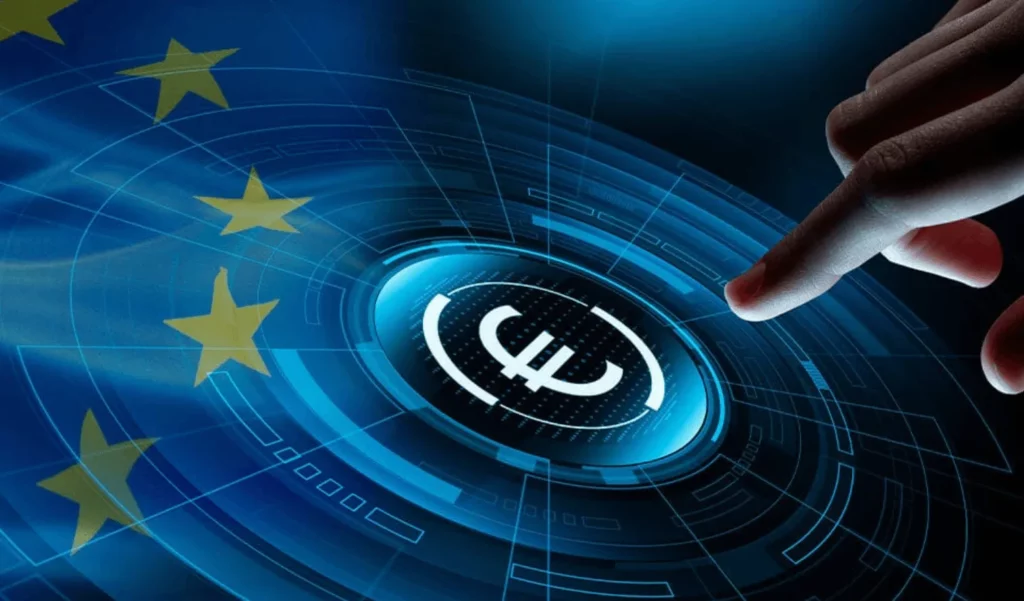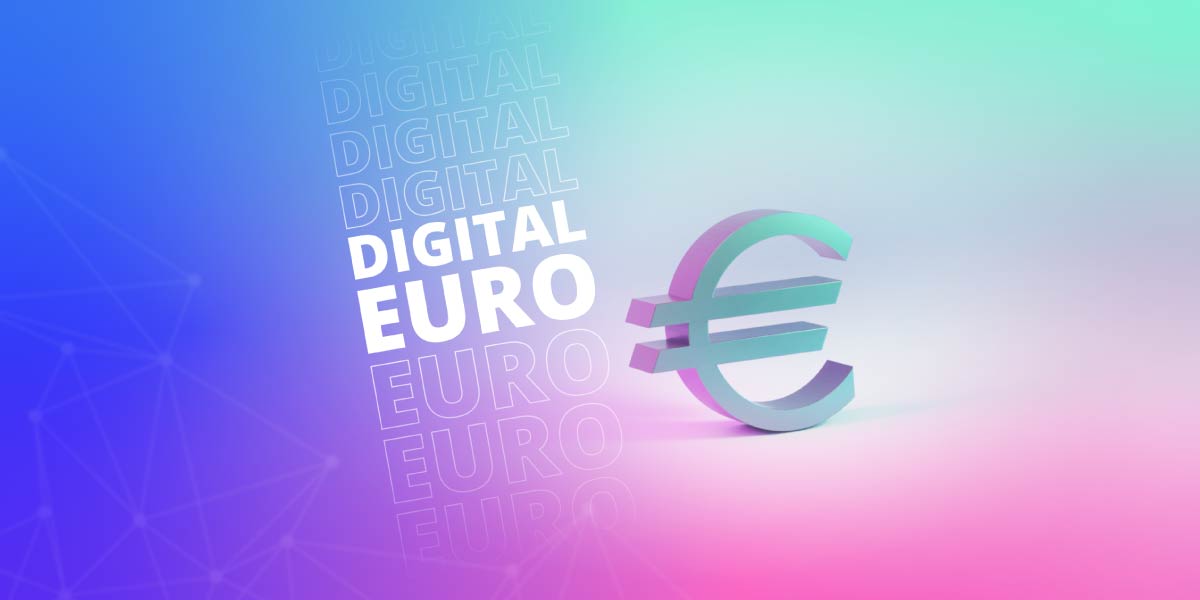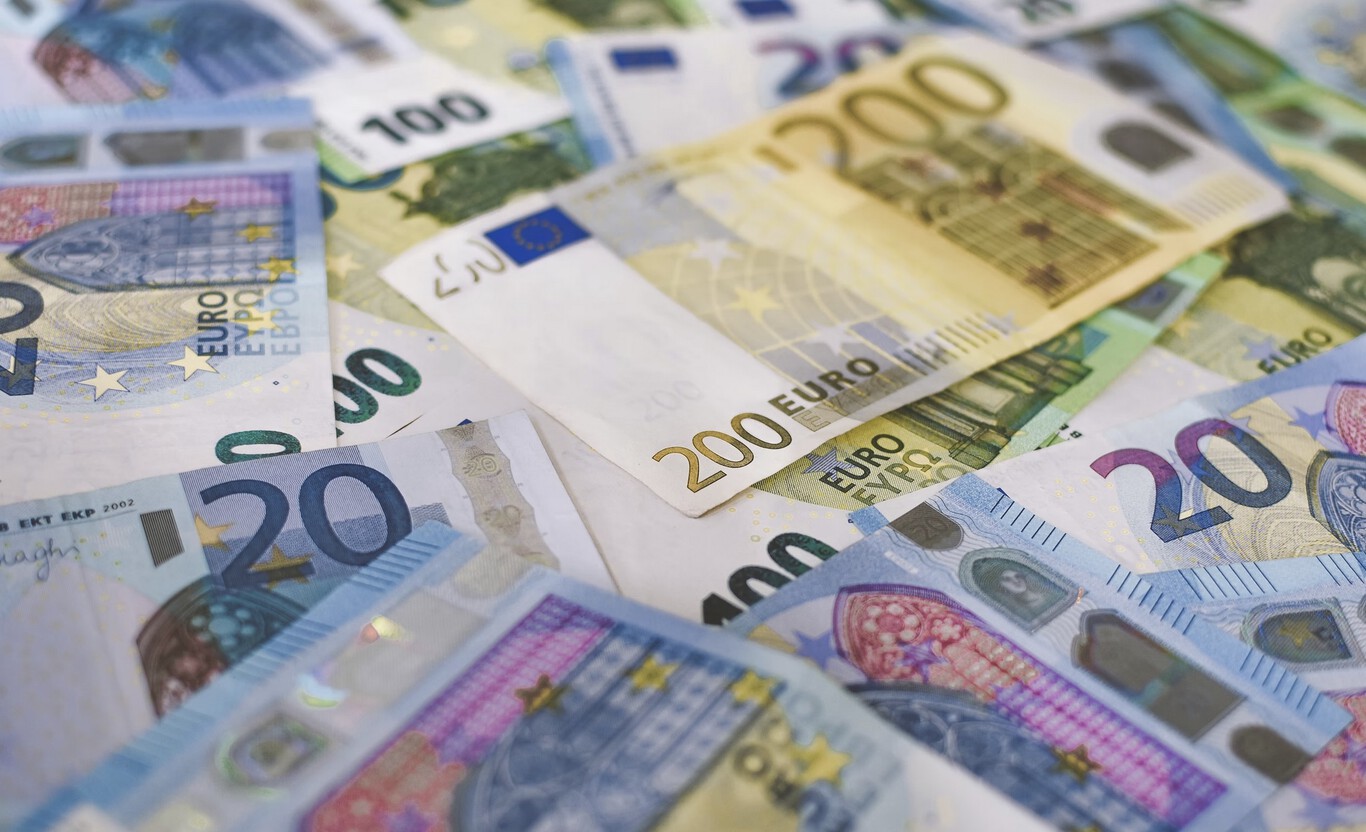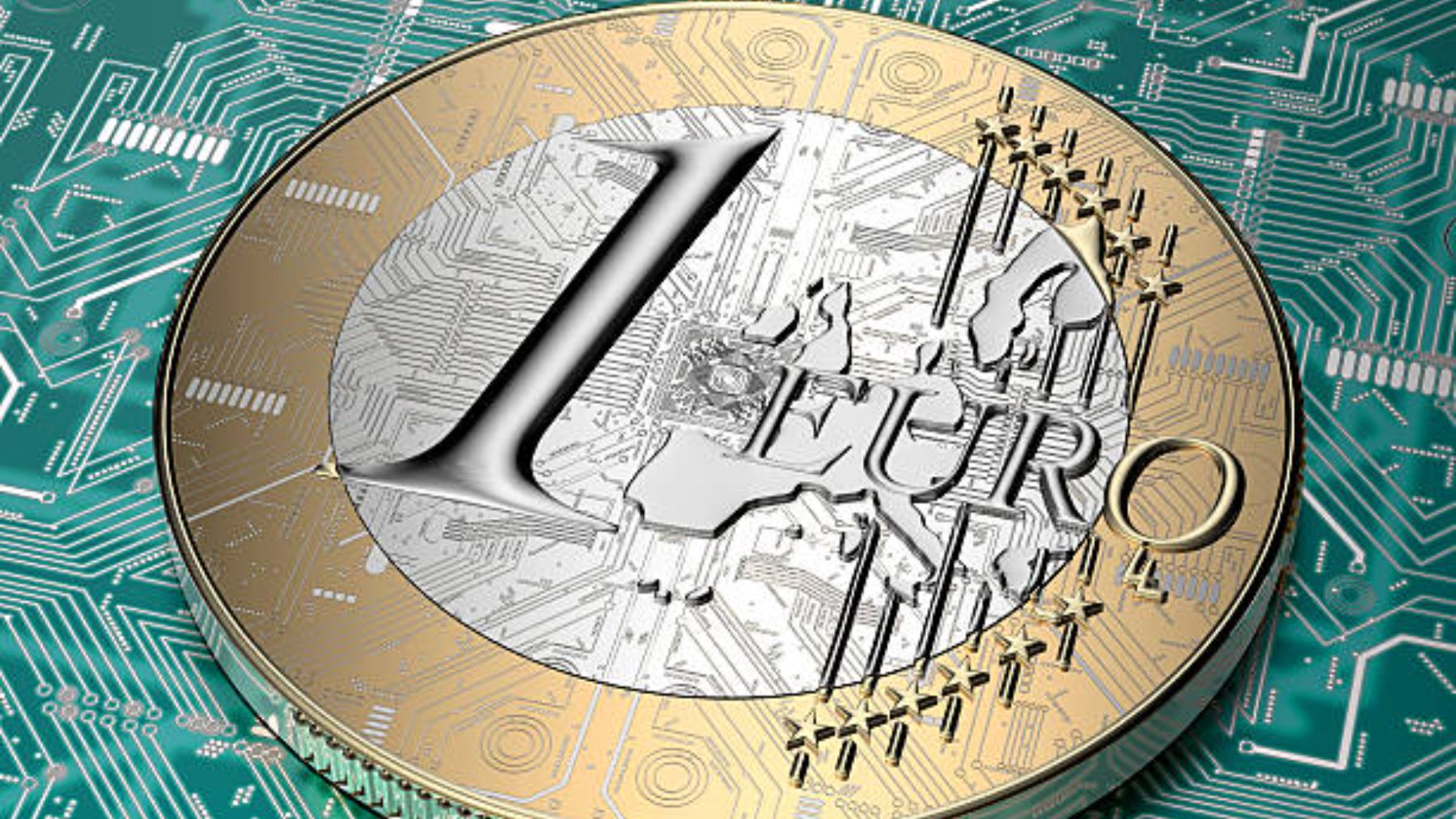- The digital euro will be an electronic currency issued by the ECB.
- It will enable secure and accessible digital payments without intermediaries.
- It generates debate due to its impact on traditional banking and privacy.
- Its launch is scheduled for the end of 2025.

The digital euro is a proposal that is generating great debate in Europe. This initiative of the European Central Bank (ECB) It seeks to digitize public funds, offering an alternative to cash and current payment methods. As the ECB moves forward with its development, questions arise about privacy, financial oversight, and the impact on traditional banking.
In this article, we will take an in-depth look at what is digital euro, how it will work, what implications it has for the economy and what advantages and concerns proposes its implementation. We will also explore the reactions of citizens and experts, as well as the direction this initiative is taking in the international context.
What is the digital euro?
The digital euro is a electronic currency which will be issued by the European Central Bank. It is intended as a digital form of cash, allowing citizens of the eurozone to make electronic payments without the need for intermediaries.
Unlike cryptocurrencies, , the digital euro will be backed and managed by the ECB, ensuring its stability and acceptance throughout the European Union. Its aim is to offer a secure payment method, accessible and universally accepted in physical stores, online stores and among individuals.
The ECB argues that digital transformation has changed the way people manage their money and make payments. Among the main Reasons to promote the digital euro are:
- Reducing the use of cash: More and more people and businesses are opting for digital payments, which has led to fewer banknotes and coins in circulation.
- Greater security and resilience: The digital euro seeks to be a robust alternative to cyberattacks and technological failures.
- financial inclusion: It will allow people without access to bank accounts to use a digital payment method.
- Reducing dependence on non-European suppliers: Many electronic transactions in Europe depend on foreign companies such as Visa or Mastercard.

How will the digital euro work?
The ECB has indicated that the digital euro would be available both online and offlineIts implementation would be done through digital wallets that citizens could manage from their mobile devices or physical cards.
Here are some key details of how it works:
- Users will be able to create a digital euro wallet through entities banking or designated services.
- The Payments will be instant and commission-free in its basic use.
- The digital euro can be used in physical stores, e-commerce and even between individuals.
- Offline transactions will ensure a higher level of privacy.
The introduction of the digital euro has raised concerns in the traditional banking, as citizens could choose to store their money directly at the ECB instead of in commercial banks. To prevent a massive outflow of deposits, the possibility of establishing limits on the amount of digital euros that a user may possess.

Digital Euro vs. Physical Euro
These are some of the main differences that should be highlighted between the digital euro and the euro as we have known it until now:
- Nature and format: The first one does not exist in the form of bills or coins, only in digital format.
- Use and accessThe digital euro can be used through e-wallets, mobile apps, and cards, without the need for a traditional bank account. The physical euro relies on ATMs or banks for distribution.
- Control of emissionsBoth will be issued and regulated directly by the European Central Bank, but in the case of the physical euro, its circulation depends on commercial banks and the demand for cash.
- Transactions and traceabilityThe digital euro will allow for instant payments and offer greater traceability. Cash transactions, on the other hand, are anonymous and leave no digital trail.
- Safety and risksThe digital version of the euro will offer security against fraud and physical theft, although it could be vulnerable to cyberattacks or technological problems. This risk doesn't exist with the physical euro, although it is still vulnerable to theft and counterfeiting.
- Financial inclusionThe digital euro will facilitate access to money in areas with limited banking infrastructure, while physical currency will remain the most accessible option for people with less digital skills.
Privacy and financial control
One of the most intense debates surrounding the digital euro is the privacyAlthough the ECB has assured that its design will respect anonymity in offline payments, Many people fear that the government can track all the Transactions.
Furthermore, some critics argue that a fully digitalized system could allow for blocks or restrictions on citizens' access to money, a theme that resonates with Meta's new policies and their implications for digital privacy.
The digital euro is not the first digital currency issued by a central bank. However, the European model seeks to be One option complementary to cash and not a substitute. Despite this, recent surveys show that A high percentage of European citizens distrust the digital euroIn Spain and Germany, for example, cash remains the preferred payment method, and many fear that the new virtual currency is a step towards elimination of physical money.

Future of the digital euro
The digital euro is currently in the preparatory phase, with testing in selected financial institutions. Its final launch is planned for 2025 late, although it will depend on the approval of the European institutions. This progress is part of a broader effort to digitize transactions.
The digital euro is an initiative that seeks to adapt the European monetary system to the digital age. Although it promises and advantages As increased accessibility and security in digital payments also poses significant challenges in terms of privacy and financial control. As the project moves forward, the key will be to find the balance between innovation and citizens' rights.
Editor specialized in technology and internet issues with more than ten years of experience in different digital media. I have worked as an editor and content creator for e-commerce, communication, online marketing and advertising companies. I have also written on economics, finance and other sectors websites. My work is also my passion. Now, through my articles in Tecnobits, I try to explore all the news and new opportunities that the world of technology offers us every day to improve our lives.